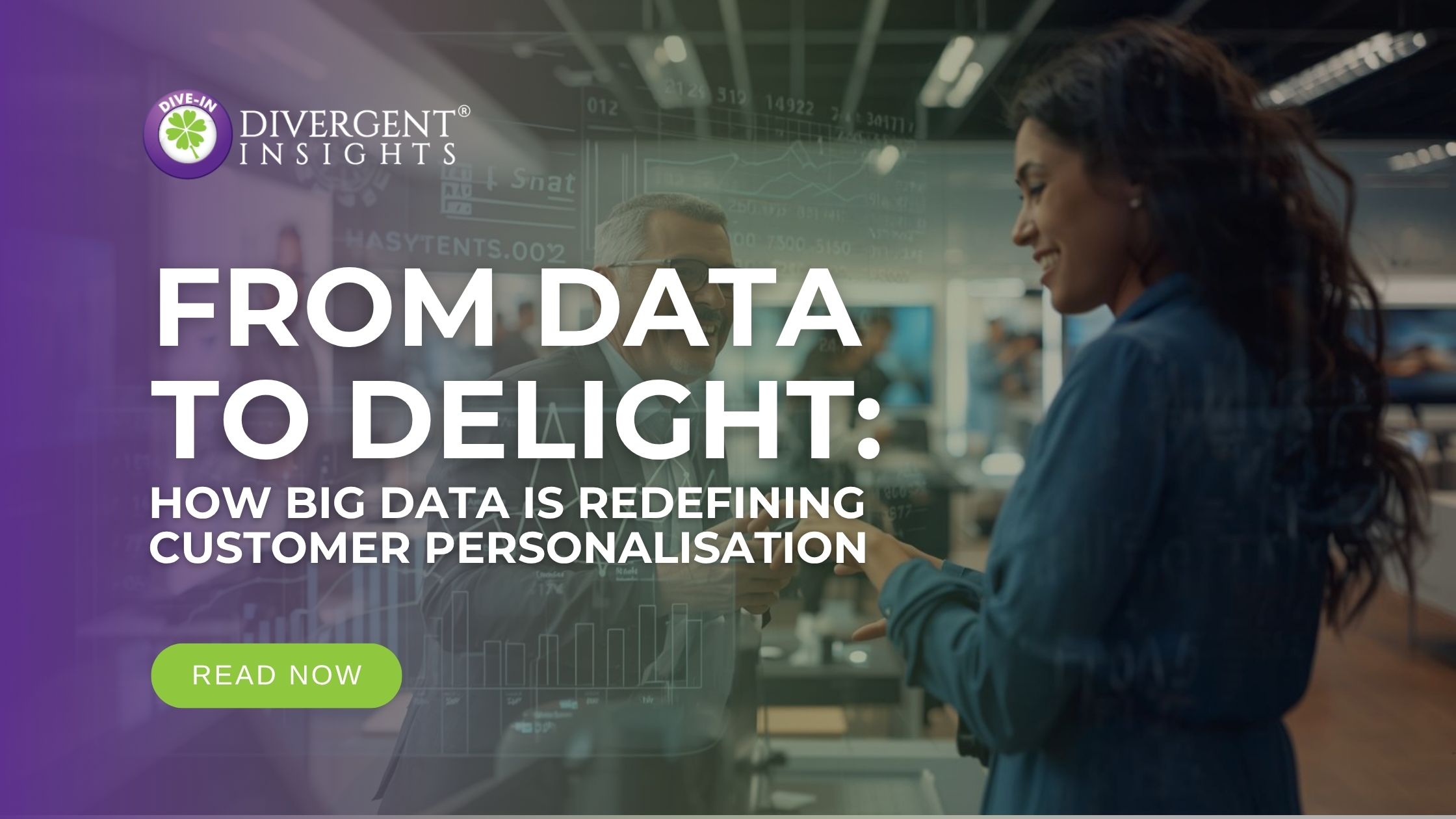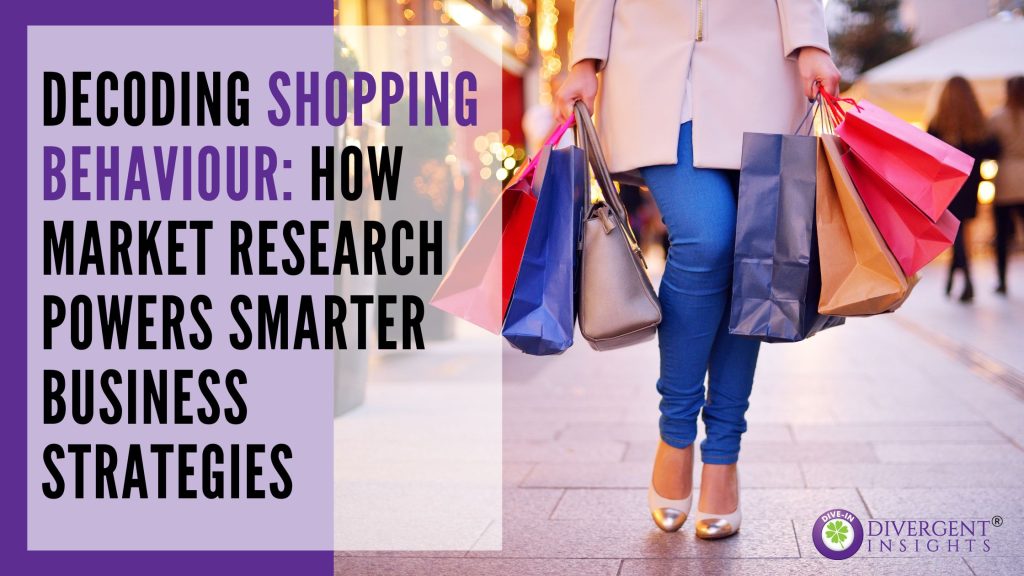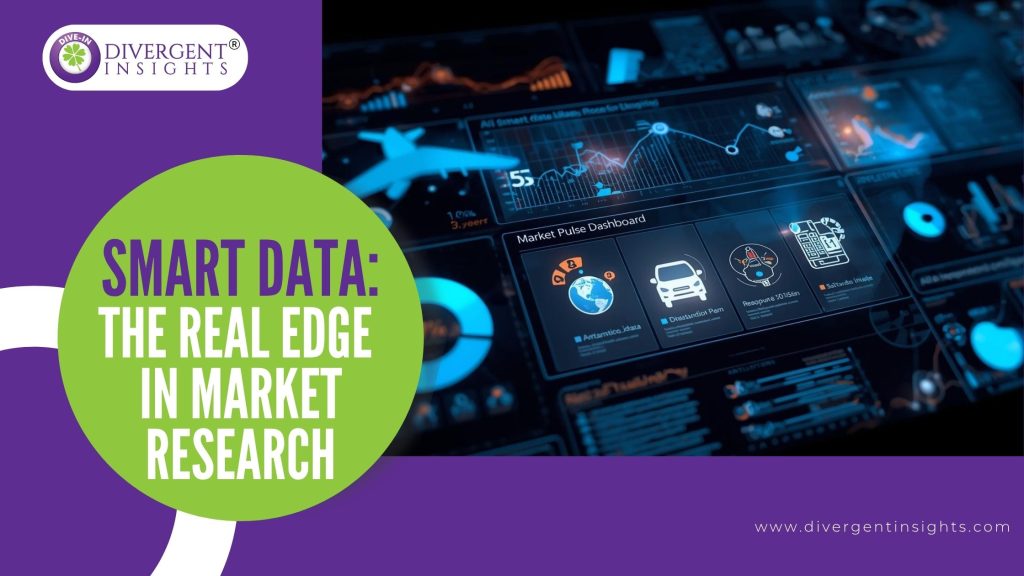
Today’s customers expect far more than efficiency or product quality — they expect relevance. They want every interaction with a brand to feel personal, intuitive, and meaningful. This level of expectation is reshaping how businesses approach customer experience.
The days of broad, one-size-fits-all marketing are long gone. What drives engagement now is hyper-personalisation — experiences tailored precisely to the individual. What was once a futuristic concept has become a competitive necessity, powered by the strategic use of big data.
Big data enables organisations to move beyond demographic assumptions and understand their customers at a behavioural and emotional level. When applied effectively, it transforms information into intelligence — driving loyalty, increasing engagement, and boosting business performance. The key lies in balancing technology with empathy — because behind every data point is a human being.
Below is a five-step framework for turning data into delight — creating hyper-personalised experiences that resonate deeply with customers. Hope you enjoy this read.
Step 1: Build the Foundation — Unify Your Data
Every business today has mountains of data — purchase histories, web analytics, survey responses, social media comments — but the challenge is that it’s often scattered across silos.
The first step toward personalisation is unification. When transactional, behavioural, demographic, and qualitative data come together, they tell a complete story.
For instance, a customer’s purchase history reveals what they’ve bought, but combining it with browsing data might show why they bought — or didn’t. Our experience shows that this 360-degree perspective is what fuels truly personalised decision-making.
Partnering with a full-service research firm can make this process seamless. By blending qualitative depth with quantitative reach, you can turn fragmented insights into cohesive understanding.
Step 2: Go Beyond Segments — Understand Individuals
Demographic segmentation is yesterday’s game. Real personalisation lives in psychographics — the beliefs, motivations, and behaviours that drive decisions.
By using advanced analytics and behavioural clustering, you can create micro-segments that evolve dynamically. For example, an automotive brand can segment customers not just by car type, but by browsing patterns, online conversations, and post-purchase engagement.
This allows brands to deliver contextually relevant experiences — a maintenance tip to one customer, a test-drive invitation to another. It’s precision at scale.
Step 3: Predict the Future — Don’t Just React to It
The magic happens when data moves from descriptive to predictive. AI and machine learning can identify hidden patterns and predict what customers will want next — from recommending the right product to anticipating churn. Predictive analytics shifts businesses from “what happened” to “what’s about to happen.”
Step 4: Bring It to Life — Personalise Every Touchpoint
Personalisation isn’t just about sending the right email. It’s about delivering a consistent, tailored experience across every interaction — website, app, ad, or customer support.
A visitor who browses eco-friendly products shouldn’t see generic homepages — they should see sustainability-focused content. A support agent should have the full customer journey at their fingertips to respond with empathy and relevance. In multi-country operations — personalisation must also be culturally and linguistically adaptive. The goal: one brand voice, infinite local resonances.
Step 5: Keep Evolving — Measure, Test, and Refine
Hyper-personalisation is never “done.” It’s a living ecosystem that evolves with your customers.
Measure what matters — engagement, conversion, satisfaction, lifetime value — and then test relentlessly. Small experiments, A/B testing, and continuous optimisation keep your strategy fresh and aligned with shifting expectations.
Our team often works with clients to design closed feedback loops that combine real-time analytics with human insights — ensuring that the brand’s learning curve never flattens.
The Road Ahead: Intelligence Meets Empathy
The purpose of big data is not just automation — it’s understanding. Hyper-personalisation is about blending intelligence with empathy to make every customer interaction feel relevant and human. When done right, big data stops being “big” and starts being personal. It helps brands anticipate needs, inspire loyalty, and create experiences that feel human, even in a digital world.
At Divergent Insights, we help organisations transform data into strategic intelligence — bridging research, technology, and human insight. Because in today’s experience-driven world, personalisation isn’t just a strategy — it’s how brands show they truly understand their customers.
I’d love to hear your thoughts — how is your organisation using data to deliver more personalised customer experiences? Share your perspectives in the comments below.


